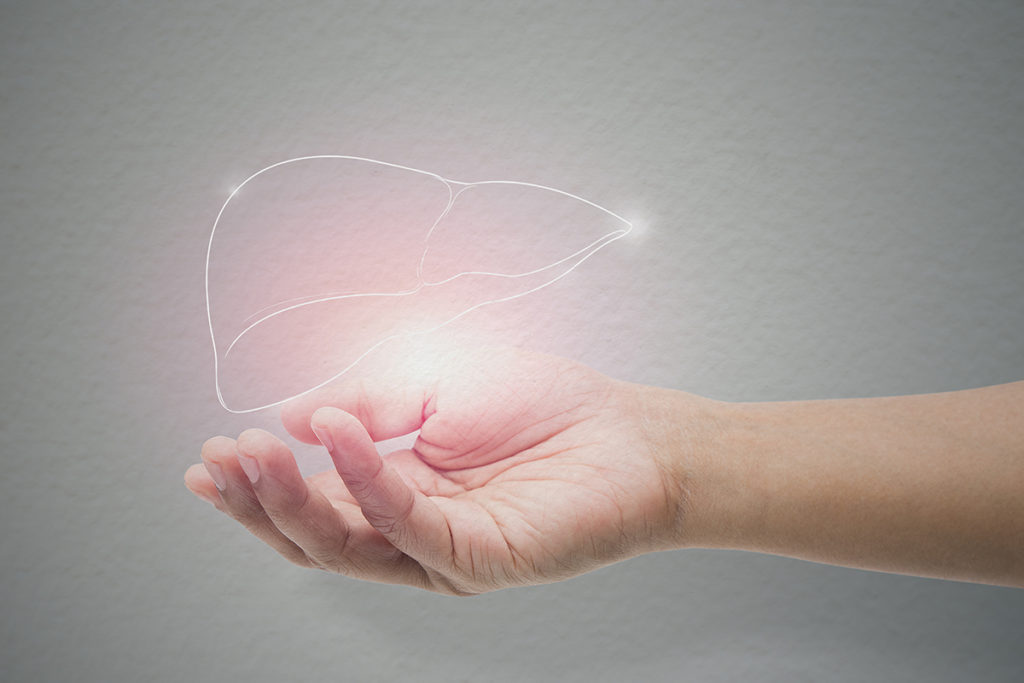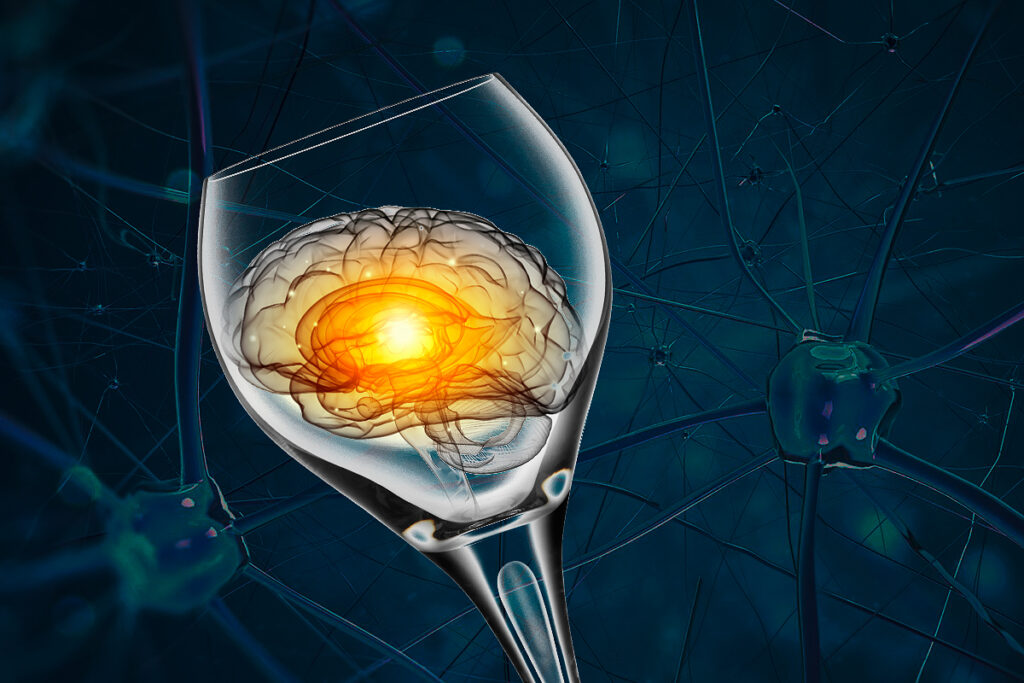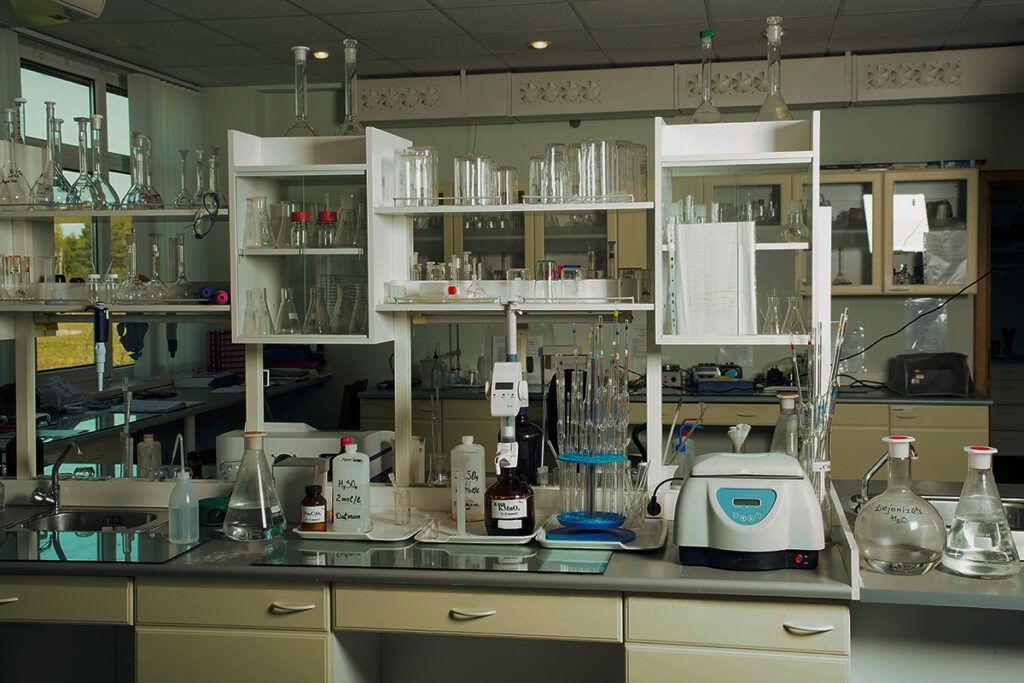The idea of mass screening
In 2012, new effective methods of treating hepatitis C were created and named as Direct-Acting Antiviral Drugs (DAAD). Many disease prevention centers in the USA began recommending Hep C screening for all those born between 1945 and 1965. There is a suggestion that 75% of all infected people are in this age category.
Large-scale screening would provide an opportunity to save thousands of lives around the world.
The danger of the consequences
A number of studies have shown that mostly liver disease is not advancing to an end-stage. At that time other studies showed that infection was not chronic at the moment of diagnosis. It took about 20 years to reach the terminal stage, and 30 years to reveal liver cancer. Therefore, it is likely that 80-85% of patients with chronic hepatitis C will die from non-hepatic causes.
About 2.7 million people in the US are infected with the Hep C virus. 16,000 of them (less than 0,6%) die each year or forced with liver transplantation.
According to Taiwan studies, patients with chronic hepatitis C infection die from non-hepatic causes more often than other people. It was shown that people with Hep C had some other medical problems: obesity, alcoholism, tobacco smoking, and drug addiction.
Therefore, there is no causal relationship between hepatitis C infection and death from non-hepatic causes. However, this unhealthy lifestyle accelerates the progression of hepatitis C infection.
Marker of treatment effectiveness
The preferred marker of treatment effectiveness is a sustained virologic response (SVR). This condition is defined as undetectable RNA of the hepatitis C virus in the blood serum for 24 weeks after discontinuation of treatment.
Combined therapy with pegylated interferon and ribavirin leads to SVR in 50% of cases. 1st generation protease inhibitors allow us to achieve SVR in 70% of cases. The 2nd generation of DAAD led to a sustainable level of SVR above 90%.
It is proven that patients with SVR have lower liver-related morbidity and mortality than people who do not have SVR. But some studies show that viral RNA lives in muscles even when it is not present in the blood serum. There is much more explicit research of an end-stage liver disease in patients with persistent SVR.
Therefore SVR is probably not a medicine, but a marker that patients respond or do not respond to treatment due to their innate differences. We should shift our priority from achieving SVR to reducing the possibility of end-stage liver disease occasionally.
Side effects of therapy
New methods of treatment of hepatitis C reduce the duration of therapy by 2-4 times in comparison with traditional methods. They also have fewer side effects. However, the negative impact on the patient’s health is still serious.
Traditional therapy is a combination of interferon and ribavirin. It suppresses the function of bone marrow, causing anemia, leukopenia, and can lead to death. There is an absolute increase in mortality by 4% from all causes.
New treatments using DAAD also cause severe anemia and potentially fatal skin rashes.
2nd generation DAAD causing serious side effects in 3% of patients.
There are no current studies which evaluate the long-term risk and clinical benefits of a new therapy. We can’t say whether large-scale screening for hepatitis C will be cost-effective when using therapy or not. Or will these actions reduce the development of end-stage liver disease.
Non-drug ways to prevent liver complications
It is reasonable to combine mass screening with educational work. Make explanations to infected people that Hep C disease progression is directly related to intravenous drug use, alcohol abuse, obesity, steatosis, and HIV infection and provide people with relevant information materials.
We need to bring confidence to the infected people in order to prevent liver complications. Not only therapy is important, but also the rejection of risky behavior.
Useful article, necessary information? Share it!
Someone will also find it useful and necessary:



